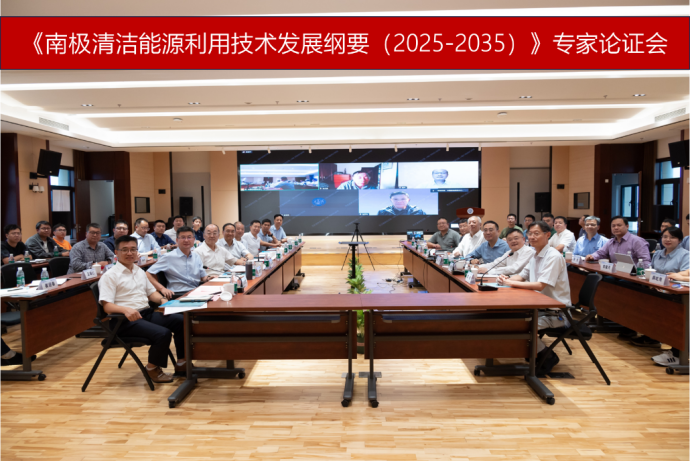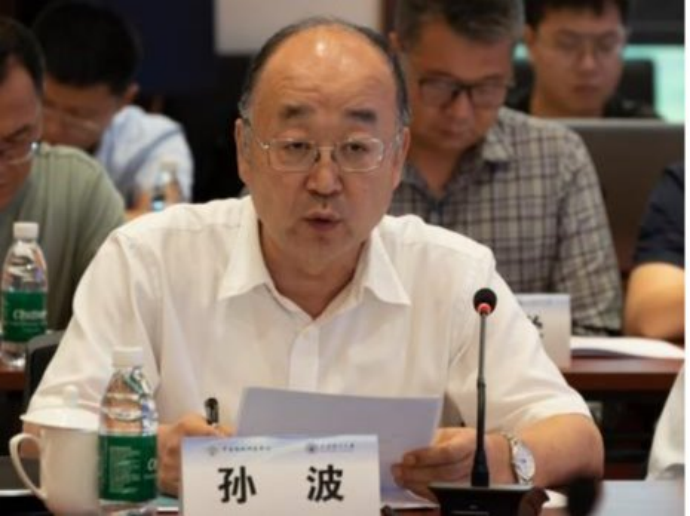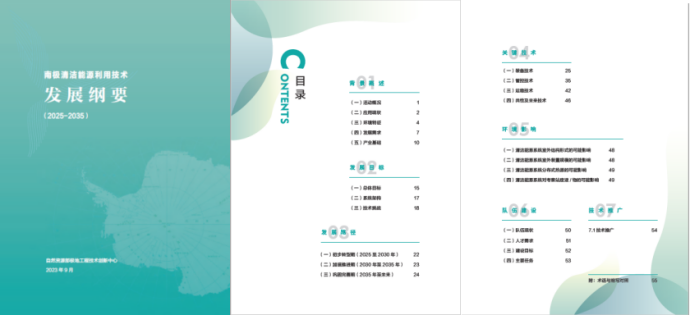On September 22, the validation meeting for the “Outline for Development of Clean Energy Utilization Technologies in Antarctica (2025-2035)” (referred to as the “Outline”) organized by the Polar Research Institute of China was held in Shanghai. Professor Sun Hongbin from the Department of Electrical Engineering and Applied Electronics (EEA), Director Liu Shunlin and Party Secretary Sun Bo from the Polar Research Institute of China, validation experts, and representatives from participating units, totaling more than 60 people, participated in the meeting through a combination of online and offline means.

The meeting was chaired by Zhang Tijun, Deputy Director of the Polar Research Institute of China. The expert validation group included Academician Yue Guangxi of the Chinese Academy of Engineering, Academician Ling Wen of the Chinese Academy of Engineering, Academician Zhao Tianshou of the Chinese Academy of Sciences, Professor Fu Yang, Vice President of Shanghai Electric Power University, Professor Ju Ping, former Vice President of Hohai University, Professor Li Wei of Zhejiang University, Senior Engineer Liu Yanhui of China Architecture Design & Research Institute, Professor Weng Zhenping of Shanghai Jiao Tong University, and Researcher Qin Weijia of the Polar Exploration Office of the National Oceanic Administration.

Director Liu Shunlin of the Polar Research Institute of China expressed gratitude to all participating units for their efforts in compiling the “Outline”. He hoped that everyone would work together to promote the development of clean energy in Antarctica through actions and achieve a complete clean energy system in Antarctica for China.

Party Secretary Sun Bo of the Polar Research Institute of China stated in his speech that polar clean energy is a top priority in serving the national polar strategy. The Polar Research Institute of China attaches great importance to and will strongly support the exploration of clean energy utilization technologies in polar regions. He hopes that, under the leadership of Chief Scientist Professor Sun Hongbin, a strong, open, and nationally leading expert team in the field of clean energy in Antarctica will be formed, achieving the strategic goal of becoming a world-leading country in Antarctic scientific exploration and clean energy supply.

Subsequently, Professor Sun Hongbin, as the Chief Scientist for Antarctic Clean Energy at the Polar Engineering Technology Innovation Center of the Ministry of Natural Resources and the Director of the Antarctic Clean Energy Research Institute of the Polar Research Institute of China, provided a comprehensive report on the compilation work and main contents of the “Outline.”
After questioning and discussion, the expert group unanimously agreed to pass the “Outline.” They collectively believed that the “Outline” aligns with China's polar strategy, with clear goals, comprehensive content, leading technology, and a clear roadmap. It provides direction and guidance for the development of clean energy utilization technologies in Antarctica, laying a solid foundation for the early establishment of a world-leading clean energy supply system for Antarctic scientific exploration.
Currently, 91 research stations, laboratories, and camps have been established in Antarctica by countries worldwide. Antarctica has become a “new frontier” and a “new highland” for all of humanity to explore. Energy utilization technology is of utmost importance for supporting scientific research activities in polar regions. The energy supply for approximately 40 Antarctic research stations worldwide is currently based on fossil fuels. With the increase in Antarctic scientific research activities, this energy system no longer meets the development needs of “green exploration”. Therefore, the development of clean energy utilization technologies in Antarctica has significant strategic importance and urgent practical needs.
Existing clean energy utilization technologies are not suitable for the harsh natural conditions in Antarctica, such as extremely low temperatures, strong winds, low pressure, low oxygen, intense ultraviolet radiation, and special environments like polar day and night. In response, Tsinghua University, along with Taiyuan University of Technology and the Polar Research Institute of China, jointly led and organized nine top teams in related fields, including the 18th Research Institute of China Electronics Corporation, Southeast University, and Huazhong University of Science and Technology. Based on the major needs of the national polar strategy, the “Outline” was compiled over two years, with Professor Sun Hongbin from the EEA serving as the Chief Scientist. Associate Researcher Wang Bin, Professor Wu Wenchuan, Professor Guo Qianglai, Associate Professor Sun Kai, and Dr. Pan Zhaoguang were among those involved in the compilation of the “Outline”.

The “Outline” is structured around seven aspects, namely the background overview of clean energy utilization in Antarctica, development goals, development paths, key technologies, environmental impacts, team building, and technology promotion. It proposes the development and realization of a clean energy system in Antarctica with important characteristics such as safety, reliability, green convenience, multi-energy complementarity, high resilience, and intelligent integration. The “Outline” thoroughly analyzes the development directions of individual technical aspects such as equipment, control, operation, and maintenance of the clean energy system in Antarctica. It assesses commonality and future technological trends, outlines key technological routes for clean energy utilization in Antarctica, and formulates team planning and technology promotion strategies based on environmental impact considerations.

















 News & Events
News & Events